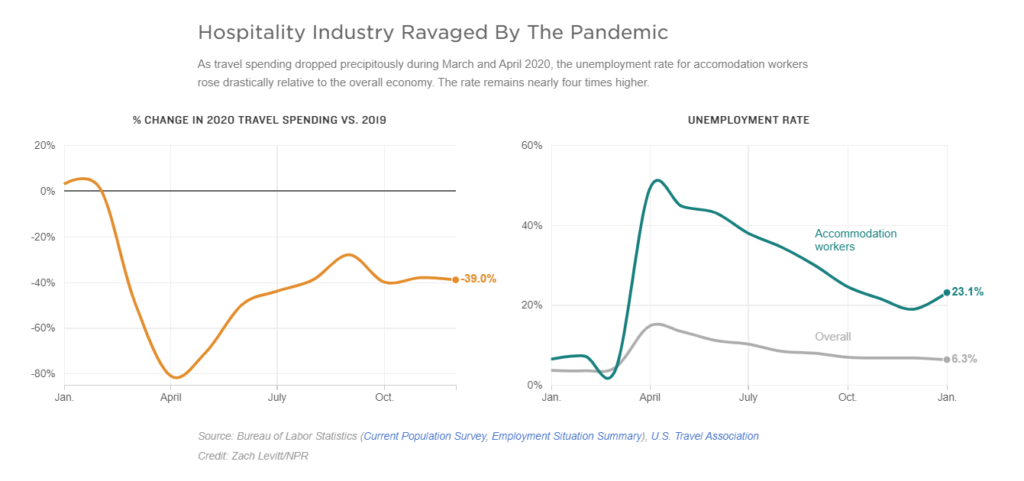Link: https://policyviz.com/2021/02/15/the-ten-most-misleading-charts-during-donald-trumps-presidency/
Graphic:

Excerpt:
Over the course of four years as President, Donald Trump made more than 30,000 false or misleading claims, according to the Washington Post Fact Checker. It should be no surprise, then, that some of these took the form of data visualizations. Here are the top ten most misleading charts, graphs, maps, and tables from the Trump Administration over the past four years.
Author(s): Jonathan Schwabish
Publication Date: 15 February 2021
Publication Site: PolicyViz




